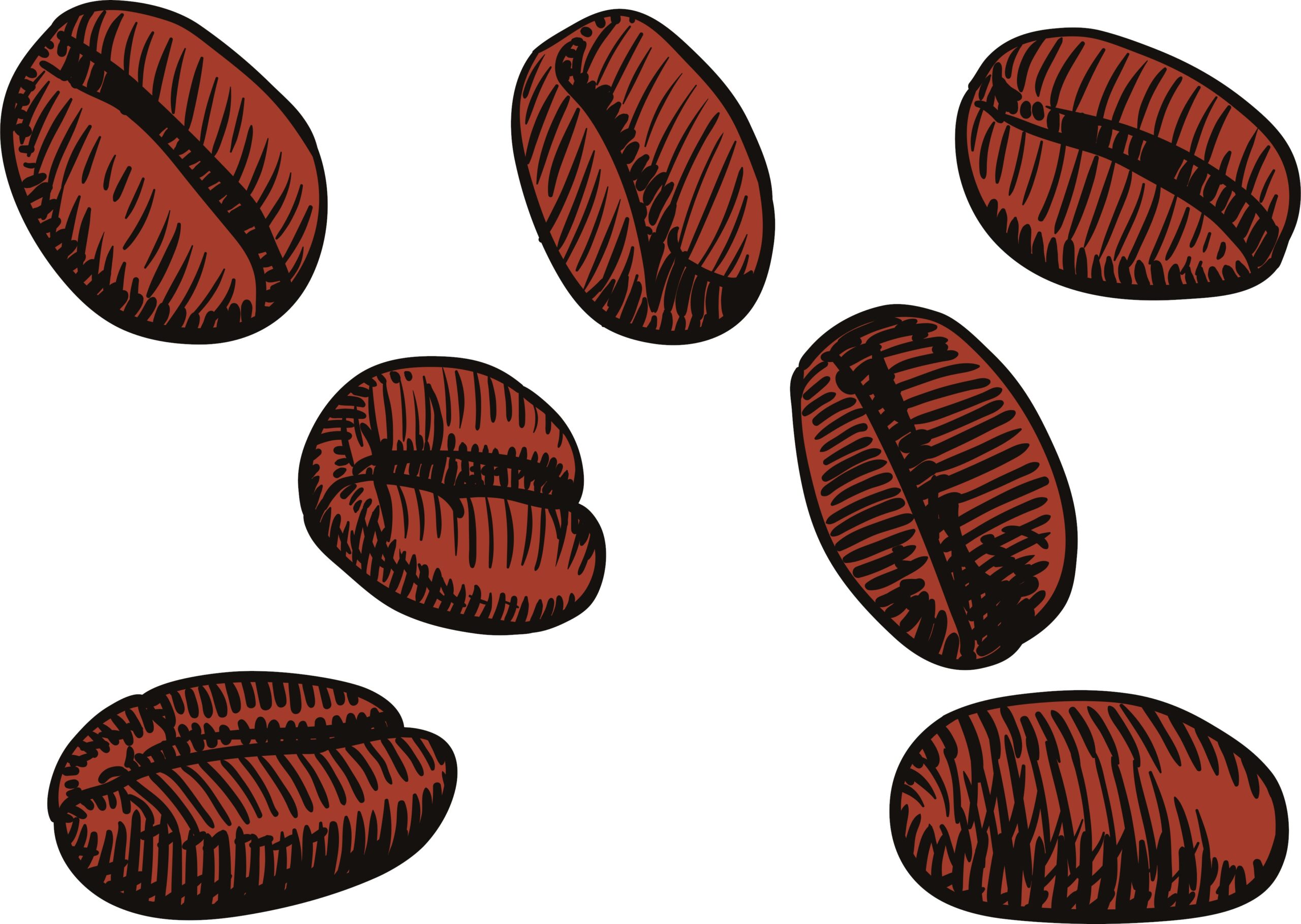When doing back training exercises, the following breathing techniques are recommended:
For Weight Lifting (Push-type) Exercises
- Inhale as you lower the weight
- Exhale as you lift the weight
This allows for smoother movement.
For Pull-type Exercises
- Inhale during the pulling motion
- Exhale as you return to the starting position
The key here is to synchronize your breathing with your movements.
For Exercises Focusing on Back Muscle Awareness
- Inhale as you contract the muscles
- Exhale as you relax them
General Breathing Tips
- Maintain a natural breathing rhythm
- Avoid holding your breath unnecessarily
As you practice, your breathing pattern should naturally align with the form and tempo of each exercise. By keeping these points in mind, you can perform efficient and injury-free back training.
Remember, the goal is to develop a breathing pattern that feels natural and complements your exercise routine. This approach will help maximize the effectiveness of your back workouts while minimizing the risk of injury.










